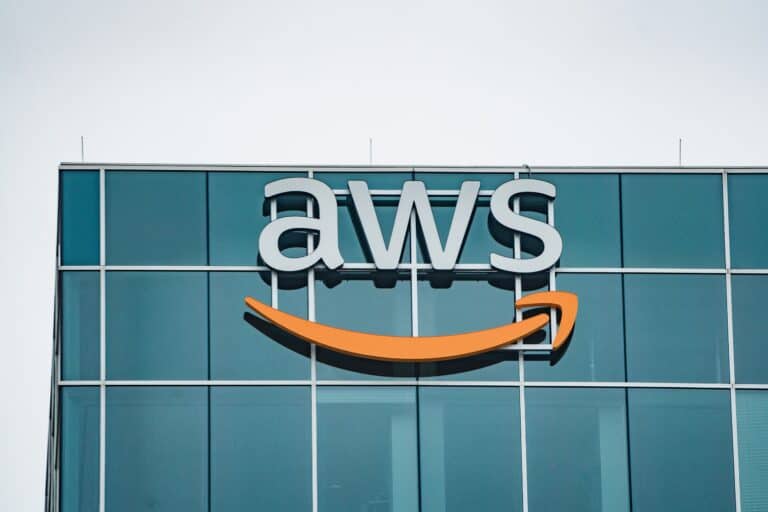Amazon Web Services (AWS) announces changes to its cloud computing infrastructure. A new liquid cooling system is introduced, and electricity distribution in its facilities is simplified.
The cloud computing giant stated that these updates reduce its mechanical energy consumption by up to 46 percent, making it better able to meet the increased computing requirements of next-generation artificial intelligence (AI) workloads.
Liquid cooling for AI servers
The biggest change is that AWS is introducing a new liquid cooling system for its AI servers and other high-performance systems, such as its own Trainium chips and Nvidia’s powerful graphics processing units (GPUs).
AWS reports that this new cooling system will benefit both the new Trainium2 chips and Nvidia’s rack-scale AI supercomputer chip, the GB200 NVL72. The new hybrid cooling system can reduce mechanical power consumption by up to 46% during peak cooling conditions without additional water consumption.
An interesting aspect of this system is its flexibility: the infrastructure can also use air for cooling when liquid is not needed. This means that servers that perform less intensive tasks, such as network management and storage, are unlikely to be cooled with liquid. These systems are powered by less energy-intensive processors, which generate less heat, making liquid cooling unnecessary.
Simplified electrical distribution
In addition to liquid cooling, AWS is implementing a simplified electrical distribution system that reduces the number of potential points of failure by up to 20%. This is achieved by minimizing the number of electrical conversions, moving backup power sources closer to the server racks, and reducing the number of hot air extraction fans. Instead, AWS uses natural pressure differences to dissipate hot air, allowing more energy to go to the servers and reducing overall energy consumption.
A new power rack design is also being introduced, increasing rack power density by six times over the next two years, followed by a threefold increase in the future. This will enable AWS to generate 12% more computing power per site, reducing the number of facilities needed.
AI and sustainability
AWS is also using AI to improve data center efficiency. For example, it has developed AI models that design more efficient rack configurations, reducing unused power. AI is also being integrated into a new monitoring system for electrical and mechanical devices equipped with telemetry services for real-time diagnostics.
To further reduce carbon emissions, AWS is enabling its backup generators to run a new type of renewable diesel fuel. This fuel is biodegradable, non-toxic, and reduces CO₂ emissions by 90% compared to conventional diesel.
More sustainable building materials
Finally, AWS is taking measures to promote the use of steel and concrete with lower carbon emissions. Steel is produced in electric arc furnaces instead of gas-fired furnaces, resulting in lower carbon emissions. Concrete also contains up to 35% less carbon than the average in the construction industry.
Global deployment
AWS plans to implement these changes globally in all new data centers it builds. The innovations will also be implemented in existing facilities.
